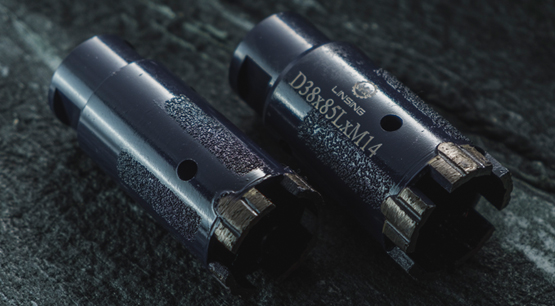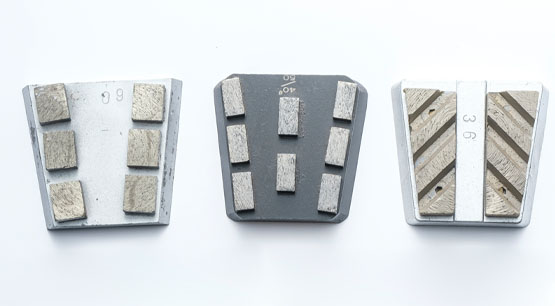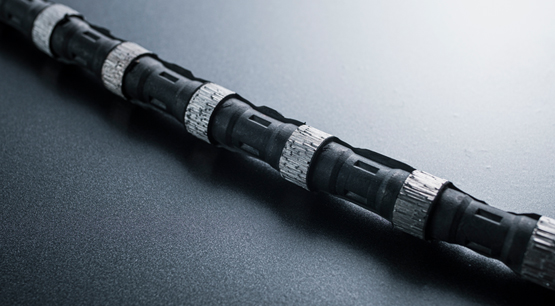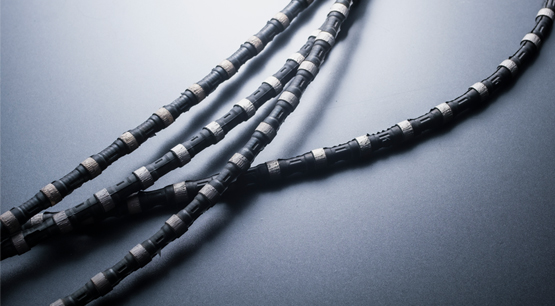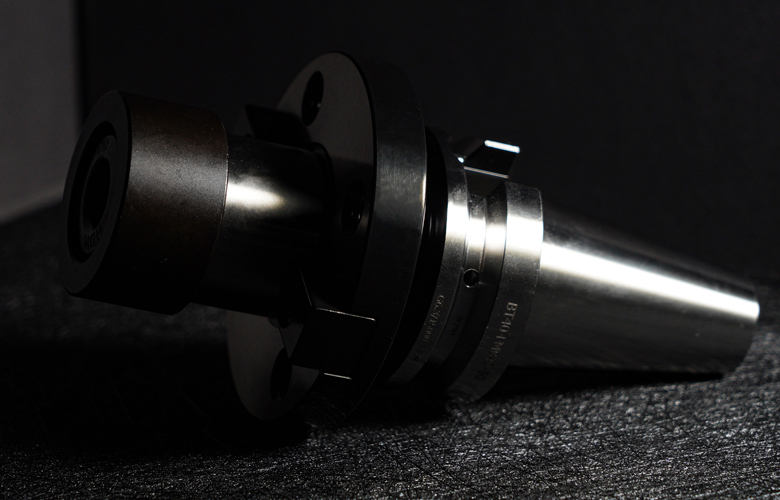Introduction
Diamond wire saws are highly effective tools used in various cutting applications, including stone quarrying, concrete demolition, and metal cutting. Despite their efficiency and versatility, the operation of diamond wire saws requires careful attention to ensure optimal performance, safety, and longevity of the equipment. This article outlines the key issues to be aware of during the diamond wire saw cutting process.
1. Equipment Setup and Calibration
Proper Installation
- Ensure that the diamond wire saw is properly installed according to the manufacturer's guidelines. Incorrect installation can lead to operational inefficiencies and equipment damage.
- Check that all components, including the drive wheels, guide pulleys, and tensioning systems, are securely fastened and correctly aligned.
Calibration
- Regularly calibrate the saw to ensure accurate cutting. Misalignment can cause uneven wear on the diamond wire, reducing its lifespan and cutting precision.
- Adjust the tension of the diamond wire appropriately. Over-tensioning can lead to wire breakage, while under-tensioning can result in inefficient cutting and increased wear.
2. Pre-Operational Checks
Inspection of the Diamond Wire
- Examine the diamond wire for any signs of wear, damage, or defects before use. Replace any sections that show significant wear or damage to prevent wire breakage during operation.
- Ensure the beads are evenly distributed and securely attached to the wire. Loose or uneven beads can cause uneven cutting and increase the risk of wire failure.
Machine Inspection
- Check the condition of the machine, including the motor, drive system, and cooling system. Ensure all components are in good working order.
- Verify that all safety guards and protective covers are in place and functioning correctly.
3. Operational Considerations
Cutting Speed and Pressure
- Adjust the cutting speed and pressure based on the material being cut. Excessive speed or pressure can cause premature wear of the diamond wire and reduce cutting efficiency.
- Monitor the feed rate to ensure it is appropriate for the material and thickness being cut. A too-high feed rate can overload the wire, while a too-low feed rate can result in inefficient cutting.
Cooling and Lubrication
- Use an adequate cooling system to prevent overheating of the diamond wire and cutting surface. Overheating can cause the wire to lose its cutting efficiency and increase the risk of wire breakage.
- Ensure a consistent flow of coolant to the cutting area. Insufficient cooling can lead to excessive heat buildup and damage to the wire and material.
Cutting Path
- Plan the cutting path carefully to minimize unnecessary movements and maximize efficiency. Avoid sharp turns and abrupt changes in direction, as these can increase the risk of wire breakage.
- Ensure the cutting path is clear of any obstructions that could interfere with the operation of the wire saw.
4. Safety Precautions
Personal Protective Equipment (PPE)
- Operators should wear appropriate PPE, including safety goggles, gloves, hearing protection, and protective clothing, to protect against flying debris and noise.
- Ensure all personnel are trained in the proper use of PPE and understand the risks associated with diamond wire saw cutting.
Safety Measures
- Implement safety measures such as emergency stop buttons, safety guards, and warning signs to protect operators and bystanders.
- Conduct regular safety drills and training sessions to ensure all personnel are familiar with emergency procedures and safe operating practices.
Handling and Disposal of Materials
- Handle and dispose of materials, such as coolant and debris, according to safety and environmental regulations. Improper handling can pose health risks and environmental hazards.
5. Maintenance and Troubleshooting
Routine Maintenance
- Perform routine maintenance on the diamond wire saw according to the manufacturer's recommendations. Regular maintenance helps to identify and address potential issues before they become serious problems.
- Check and replace worn or damaged components, such as drive wheels, guide pulleys, and the diamond wire itself, to ensure the saw operates efficiently and safely.
Troubleshooting Common Issues
- Be prepared to troubleshoot common issues, such as wire breakage, uneven cutting, and excessive wear. Understanding the causes of these problems can help prevent them from occurring and reduce downtime.
- Keep a log of maintenance activities and issues encountered during operation. This log can help identify patterns and inform future maintenance and operational strategies.
6. Environmental and Economic Considerations
Environmental Impact
- Use environmentally friendly coolants and lubricants to minimize the environmental impact of diamond wire saw cutting.
- Implement waste management practices to properly dispose of debris and used materials, reducing environmental pollution.
Cost Efficiency
- Optimize the use of the diamond wire saw to maximize its lifespan and reduce operational costs. This includes proper maintenance, efficient cutting practices, and timely replacement of worn components.
- Monitor the overall cost of operation, including the cost of consumables, maintenance, and downtime, to ensure the process remains economically viable.
Conclusion
Operating a diamond wire saw efficiently and safely requires careful attention to various factors, including equipment setup, operational practices, safety measures, maintenance, and environmental considerations. By adhering to best practices and guidelines, operators can ensure optimal performance, extend the lifespan of the equipment, and maintain a safe working environment. Continuous training and awareness of potential issues are essential for the successful use of diamond wire saws in any cutting application.




